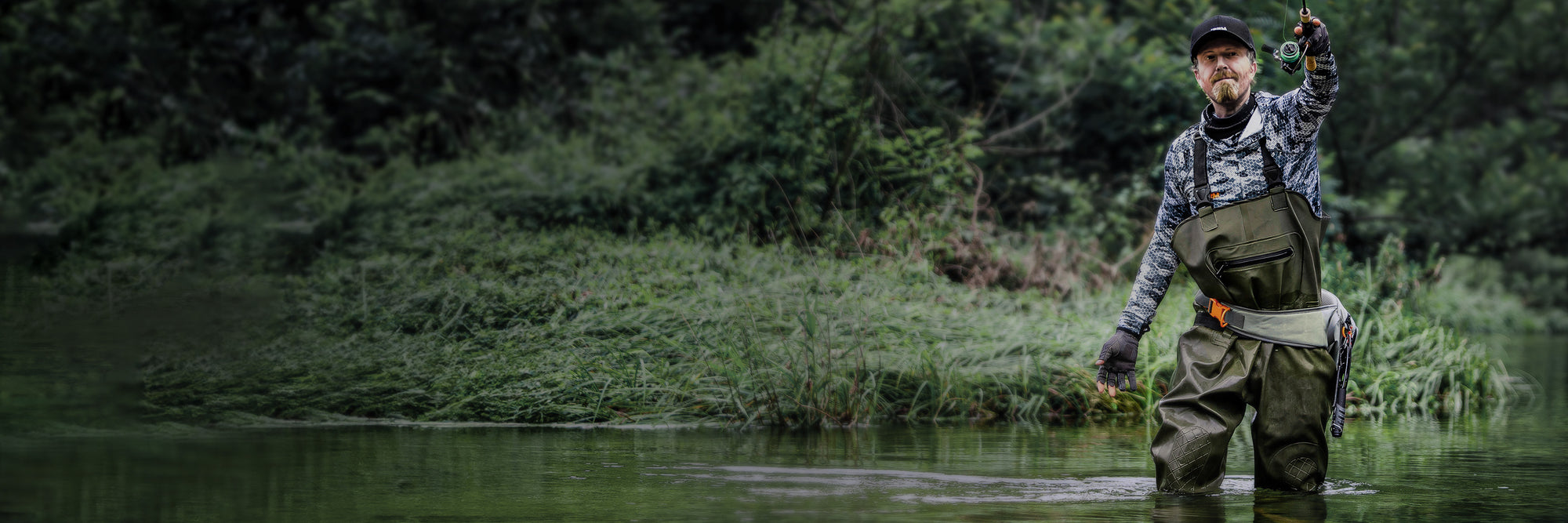Unlock the Secrets: Mastering Baitcasting Reels for Perfect Casts!
Baitcasting reels are a fundamental tool for anglers looking to enhance their fishing game. Unlike spinning reels, baitcasting reels offer precision and control, enabling users to cast heavier lures with accuracy over longer distances. Whether you’re after bass in a local lake or pursuing trophy fish in the ocean, mastering baitcasting techniques can significantly improve your success rate. In this article, we will explore the nuances of baitcasting reels, helping you understand how to choose the best one for your fishing style and needs. By the end, you’ll be equipped with the knowledge to make informed decisions and elevate your fishing experience.

Understanding Baitcasting Reels
Baitcasting reels differ from spinning reels primarily in their design and functionality. A baitcasting reel is mounted on top of the fishing rod, with a spool that sits parallel to the rod, allowing for greater casting accuracy and distance. The mechanics involve a revolving spool and a thumb-controlled release that lets you manage the line as you cast. This reel type is typically favored for heavier lures and lines, making it ideal for fishing in various environments, such as freshwater lakes and saltwater bays. A personal anecdote from a fishing trip with friends highlights this: while my buddy struggled with his spinning reel, I was able to cast into the thick brush with ease, thanks to the precision of my baitcasting setup. This experience truly showcased the advantages of mastering baitcasting reels.
Key Features to Consider When Choosing a Baitcasting Reel
When selecting a baitcasting reel, several key features significantly affect its performance. Understanding these features is crucial for ensuring you get the most out of your investment. One of the most critical aspects is the gear ratio, which determines how fast you can retrieve line. A higher gear ratio means quicker retrieval, beneficial for certain fishing techniques. Additionally, the braking system is essential for controlling the spool during casting, helping prevent backlash—a common issue for beginners. Lastly, the drag system plays a vital role in managing line tension, allowing for smooth adjustments when reeling in fish. These features collectively impact your casting efficiency and overall fishing success.
Gear Ratio
The gear ratio of a baitcasting reel refers to the number of times the spool rotates with one turn of the handle. For instance, a gear ratio of 7:1 means the spool spins seven times for each handle turn. A higher gear ratio is advantageous for quickly retrieving lures, making it suitable for fast-moving fish or situations requiring quick line adjustments. However, lower gear ratios provide more torque, which can be beneficial when reeling in larger fish or working with heavier lures.
Braking System
Baitcasting reels come equipped with different types of braking systems, including magnetic and centrifugal brakes. Magnetic brakes allow for easy adjustments and are generally beginner-friendly, reducing the likelihood of backlash. In contrast, centrifugal brakes offer more advanced control and are often preferred by experienced anglers who wish to fine-tune their casting capabilities. Understanding the differences and selecting a system that matches your skill level can dramatically enhance your fishing experience.
Drag System
The drag system is critical in preventing line breakage by controlling the tension on the line when a fish pulls. A smooth and adjustable drag system is essential for managing varying fishing conditions. When fishing in heavy cover or targeting strong fish, you may need to increase drag tension to prevent line snapping. Conversely, lighter drag settings are suitable for more delicate situations. Familiarizing yourself with your reel’s drag system is essential for effective fishing management.
How to Choose the Best Baitcasting Reel for Your Needs
Choosing the best baitcasting reel involves assessing your personal fishing needs, skill level, and budget. Begin by identifying the types of fish you intend to catch and the environments you’ll be fishing in. Consider factors such as the weight of the lures you plan to use and whether you prefer a fast or slow retrieval speed. For beginners, starting with a more forgiving reel featuring a good braking system can help ease the learning curve. Additionally, don’t hesitate to visit local tackle shops to test different models; holding the reels can provide insights into comfort and usability. Comparing features and seeking recommendations can also guide you toward the right choice.
Common Mistakes to Avoid with Baitcasting Reels
Many anglers encounter common pitfalls when first using baitcasting reels. One prevalent issue is backlash, which occurs when the spool continues to spin after the lure has landed, resulting in tangled line. To prevent this, ensure you adjust the braking system correctly and practice your casting technique. Another mistake is using improper drag settings; anglers often set the drag too tight or too loose for the situation. Regularly check your drag and make adjustments based on the conditions and the fish you’re targeting. Being mindful of these common mistakes can significantly improve your fishing experience and success rate.
Mastering Baitcasting for Improved Success
Understanding baitcasting reels is pivotal for any angler aiming to refine their skills and enhance their fishing effectiveness. By considering key features such as gear ratios, braking systems, and drag settings, you can make informed choices that align with your fishing style. Remember to practice regularly, learn from mistakes, and continually adjust your techniques. Embracing the world of baitcasting will not only improve your casting abilities but also heighten your overall fishing enjoyment. So gear up, head out, and master the art of baitcasting!



